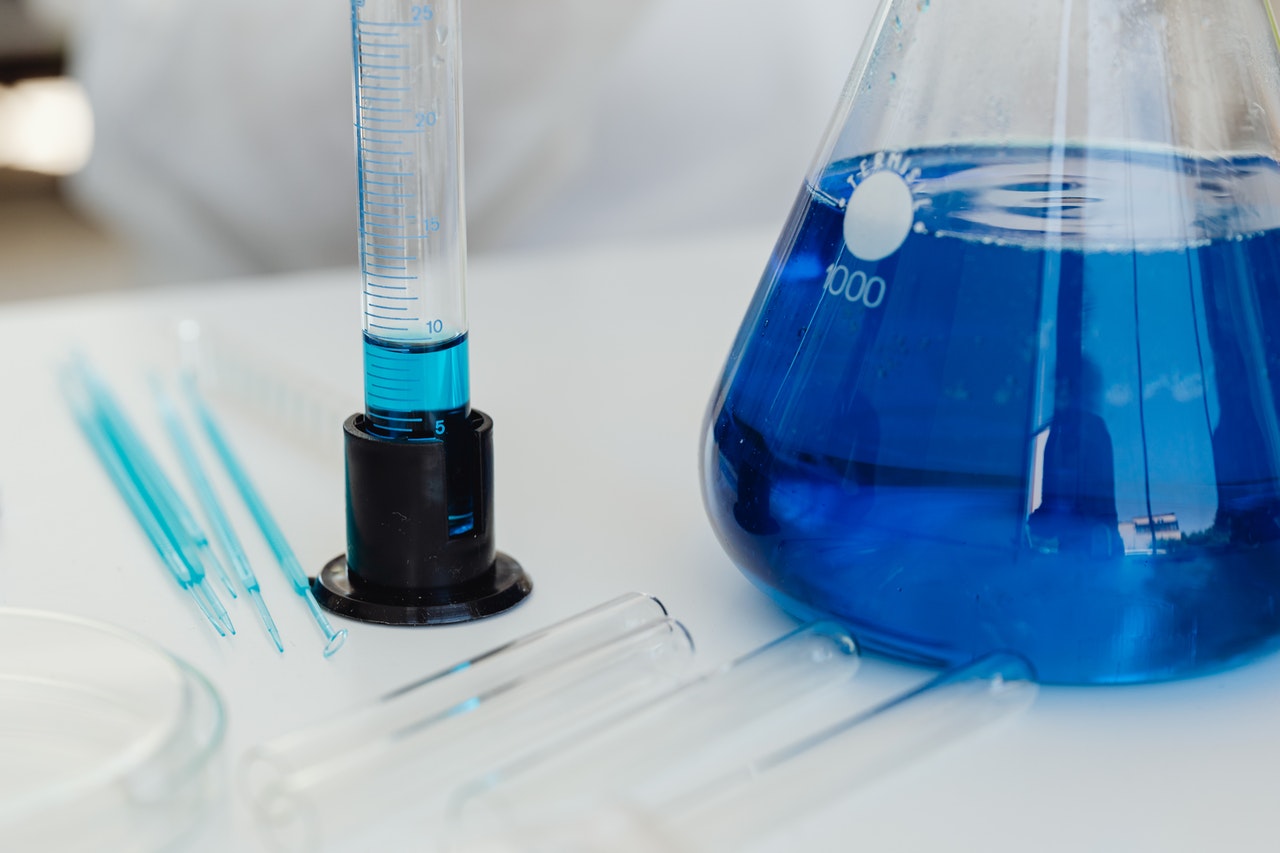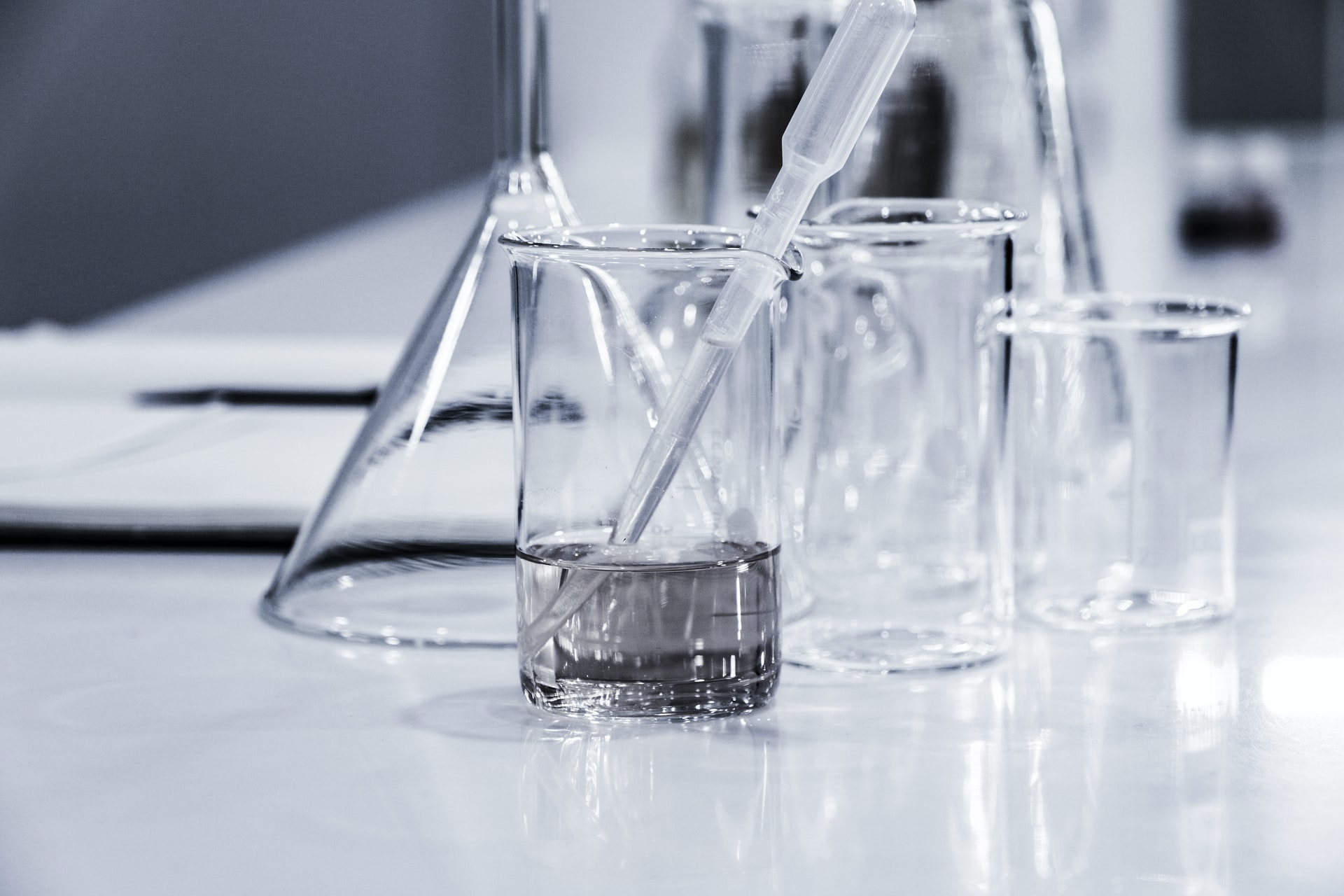Water Analysis
What is water analysis?
Firstly, an efficient water analysis requires that you know the water source. A water analysis test can be done on any water sources, including those that are collected from a lake or stream to residential water supplies and even municipal water systems. It is important for contamination to be taken into account when testing drinking water so it is best if you know which water supply will be tested before the process begins.
Secondly, with your chosen water supply identified, you’re ready to start collecting data through physical examination of the samples being studied as well as chemical tests like pH measurements and dissolved oxygen levels. Physical examinations might include visual identification of particles in suspension while chemical tests measure things such as temperature variance between different sections of a body of water (from warmest at top near shoreline to coldest at bottom). All water samples that are collected during water analysis should be labeled with the date and location where they were obtained.
Once water has been analyzed, it’s time to make sense of all this data through a process called water quality modeling. This is when you combine information such as water temperature variance or pH measurements in order to predict how different levels of pollution could affect water quality overall, given specific conditions like sunlight intensity and amount of rainfall.
What are the benefits of water analysis?
What are the steps involved in water analysis?

What are the tools used for water analysis?
